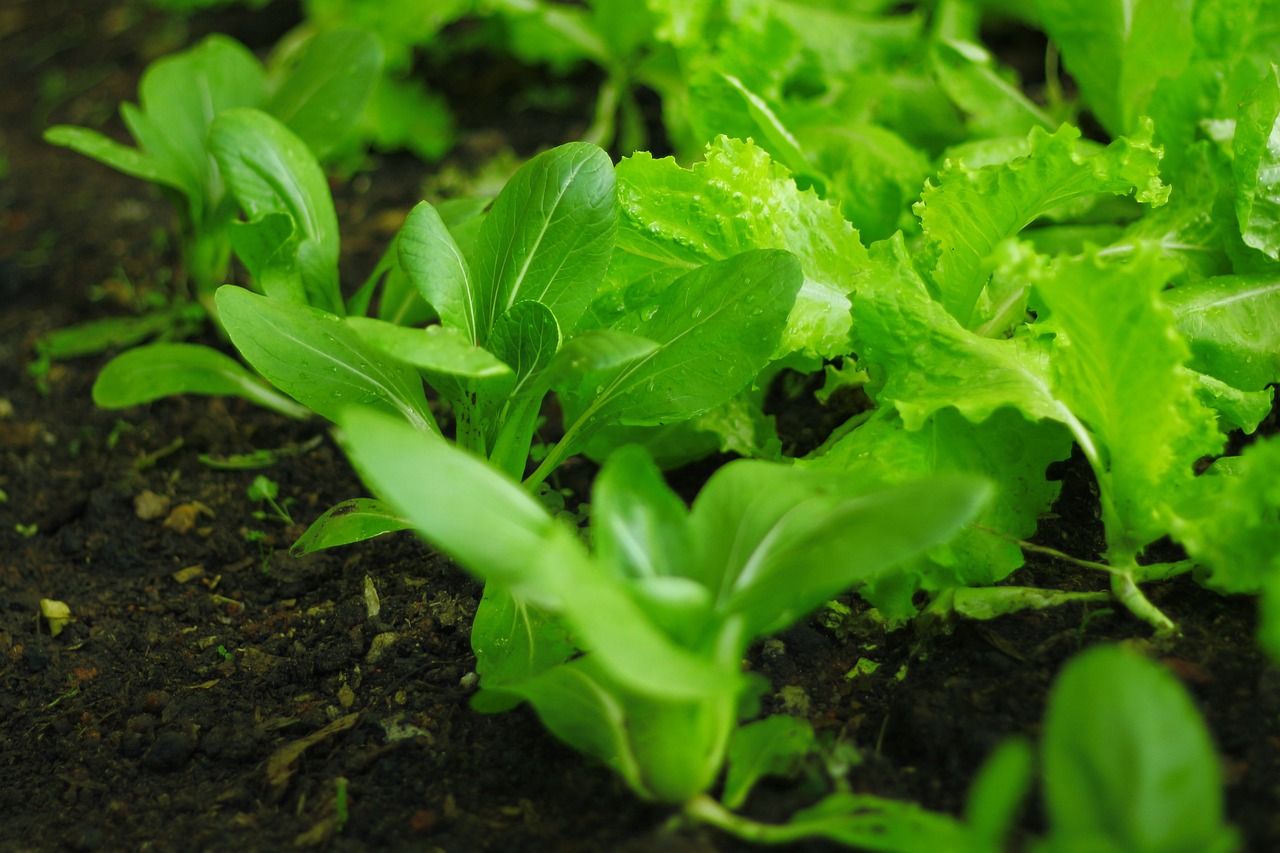
Living in Zone 7 is a gardener’s dream – a sweet spot with long growing seasons and diverse options for bountiful harvests. But navigating the “when to plant” conundrum can feel like deciphering an ancient riddle. Fear not, fellow green thumbs! This guide will equip you with the knowledge to unlock your vegetable garden’s full potential, transforming it into a symphony of flavor and abundance.
Understanding Zone 7: The Key to Timing
Zone 7 boasts a generous growing season, roughly spanning from mid-April to mid-November. However, within this timeframe, temperatures fluctuate, dictating which crops thrive when. This is where knowing your specific subzone (7a, 7b, or 7c) comes in handy. A quick online search will reveal your subzone’s average first and last frost dates, crucial information for making strategic planting decisions.
Spring Forward: Seeding Success
As winter loosens its grip, the urge to sow explodes. But hold your horses! Remember, even Zone 7 experiences late frosts. For cool-season crops like lettuce, peas, and spinach, aim for 2-3 weeks after the average last frost, ensuring the soil temperature has reached at least 40°F (4°C).
Warm-season crops like tomatoes, peppers, and eggplant have different desires. They crave warmth, so wait until all danger of frost has passed, usually 2-4 weeks after the last frost date. This ensures optimal growth and prevents stunted, unhappy seedlings.
Starting Seeds Indoors: Get a head start! For an extended harvest window, sow frost-sensitive vegetables indoors 4-6 weeks before the last frost date. Provide warmth, light, and consistent moisture for robust seedlings ready to conquer the outdoors when the time is right.
Embrace the Seasons: A Dance with Mother Nature
Zone 7’s magic lies in its ability to support two distinct planting seasons: spring and fall.
Spring Planting: This is your time to shine a spotlight on cool-season crops. Plant these early bloomers directly outdoors or transplant seedlings, spacing them according to their mature size. Plant some cool-season veggies like lettuce and kale handle mild frosts, it allows you to stretch your harvest even further.
Fall Planting: Don’t let summer’s end signal the end of your garden! Capitalize on Zone 7’s mild autumn by planting cool-season crops again for a late-season bounty. Aim for 6-8 weeks before the first frost date to give your veggies ample time to mature before winter’s chill arrives.
Succession Planting: The Art of Maximizing Space and Yield
Think beyond one-time plantings! Succession planting is your secret weapon for maximizing space and yield. Simply sow fast-maturing crops like radishes or spinach in between slower-growing ones like broccoli or peppers. As the fast-maturing crops are harvested, you’ll have space for the others to flourish, essentially doubling your output from the same plot.
More Than Just Timing: Optimizing Your Garden’s Potential
Planting at the right time is crucial, but it’s only part of the equation. To truly unlock your garden’s potential, remember these additional tips:
- Choose the right varieties: Opt for varieties suited to your specific subzone and desired harvest time.
- Amend your soil: Ensure your soil provides optimal drainage, fertility, and nutrients.
- Water wisely: Deep watering less frequently is more effective than shallow, frequent watering.
- Mulch for moisture and weed control: A layer of mulch keeps the soil moist, suppresses weeds, and regulates soil temperature.
- Companion planting: Certain plants thrive when grown together, creating a mutually beneficial ecosystem.
In Zone 7, the key to a successful vegetable garden lies in understanding the unique climate and knowing the ideal planting times for different crops. With the guidelines above for spring, summer, and fall planting, you can maximize your garden’s yield and enjoy a diverse and abundant harvest throughout the growing season.
